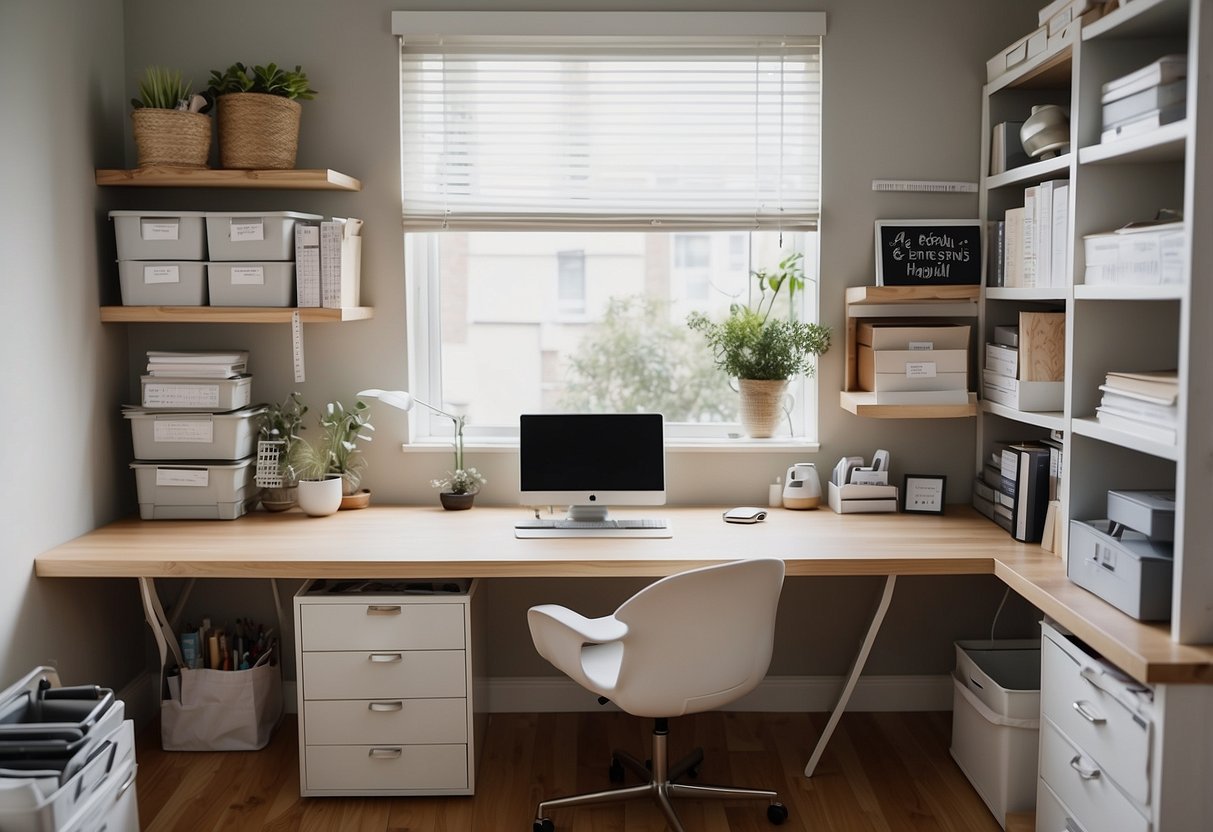Creating a Functional and Stylish Home Office: Top Design Tips and Ideas
Incorporating Productivity-Boosting Elements
Incorporating elements that enhance productivity can significantly impact work efficiency. Plants improve air quality and create a calming environment, which can reduce stress and boost focus. Personal touches like art, inspirational quotes, or photos can make the workspace more enjoyable and motivating.
Organizational tools such as filing cabinets, shelves, and drawer dividers help keep the workspace tidy and ensure that essential items are easily accessible. A clean and organized desk reduces distractions and saves time otherwise spent searching for materials.
Technology also plays a vital role. Investing in high-speed internet, reliable computers, and efficient software can streamline work processes and reduce frustration, contributing to a more productive home office.
Choosing an Aesthetic
Designing an effective home office involves selecting an aesthetic that combines personal taste with practicality. Thoughtful choices in color schemes and balancing style with functionality are key aspects to consider.
Selecting a Color Scheme
The color scheme of a home office can significantly influence productivity and mood. Neutral tones such as white, grey, and beige create a calm environment that enhances focus. Adding accent colors like blue or green can introduce energy and reduce stress. Personal preferences should play a role, but it’s essential to consider how colors impact work habits.
Natural light can also affect color perception. Rooms with ample sunlight might support darker tones, while dimly lit spaces benefit from lighter shades. Paint samples tested during different times of day can provide insight into how colors will ultimately appear. Consistency in color choices across walls, furniture, and accessories will tie the room together harmoniously.
Balancing Style and Functionality
A stylish home office doesn’t have to sacrifice functionality. Choose furniture that is both attractive and functional, like desks with built-in storage or ergonomic chairs. Stylish shelves can offer aesthetic appeal while providing essential storage. Accessories like plants, artwork, and lighting fixtures should enhance the visual appeal without cluttering the workspace.
Prioritize items that serve multiple purposes. A sleek bookshelf can store files and serve as a display for decorative items. Ensuring that essential tools and equipment are within easy reach will maintain a clean and efficient workspace. Select décor elements that reflect personal tastes, but remain mindful of the primary goal: creating a productive and comfortable environment for work.
Storage Solutions and Organization

Well-planned storage and effective organization can transform a cluttered home office into a productive, streamlined space. Focus on implementing efficient storage systems and adopting decluttering strategies to maintain order.



